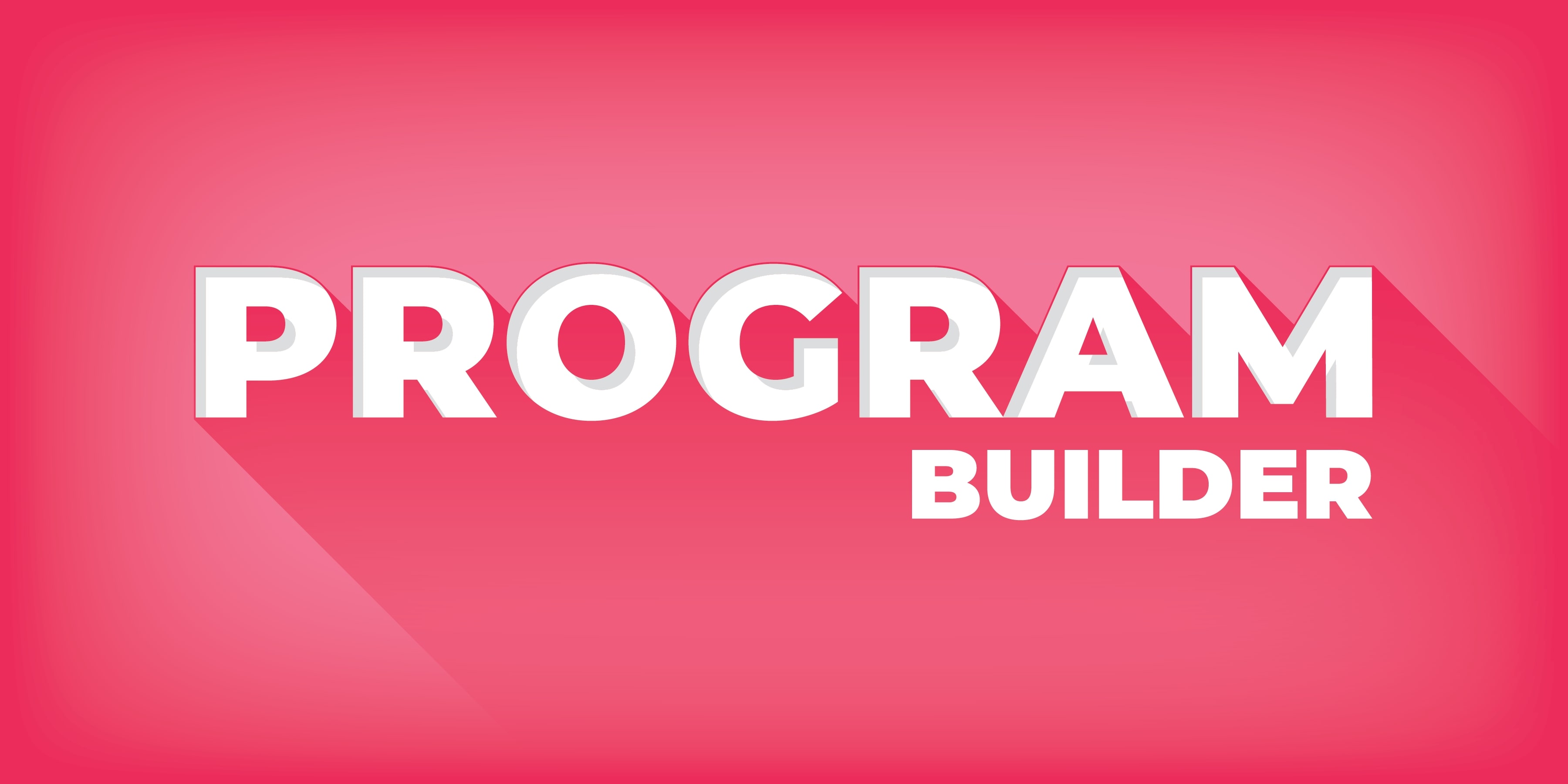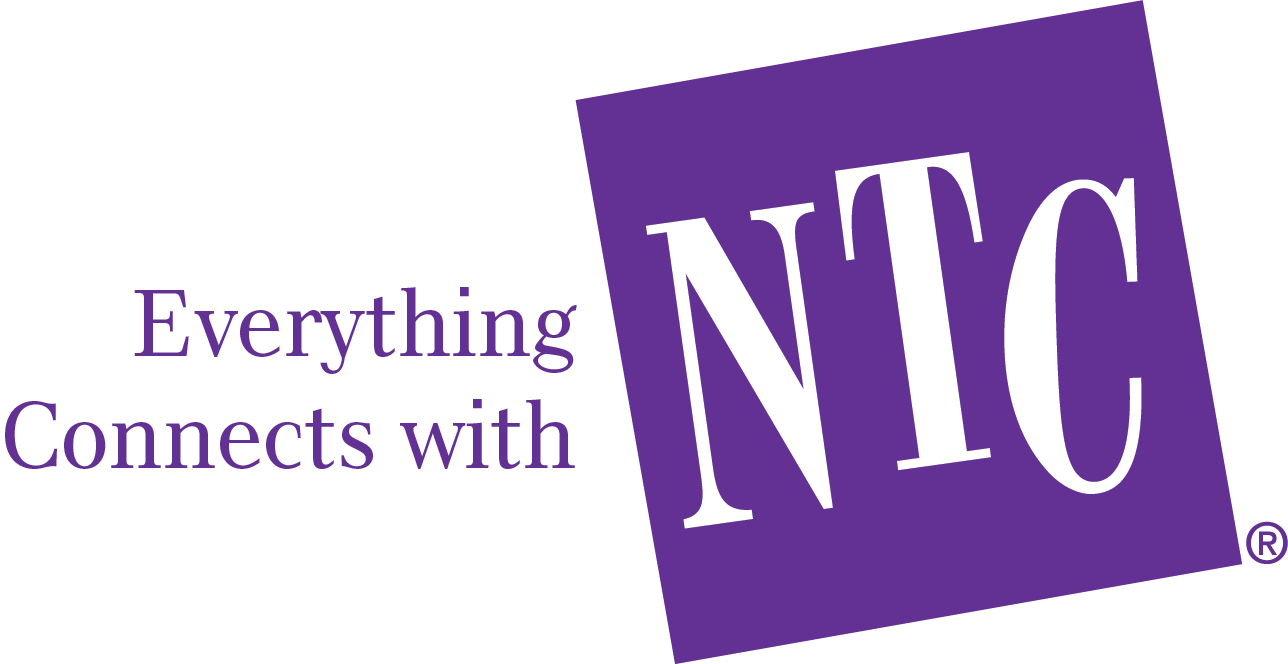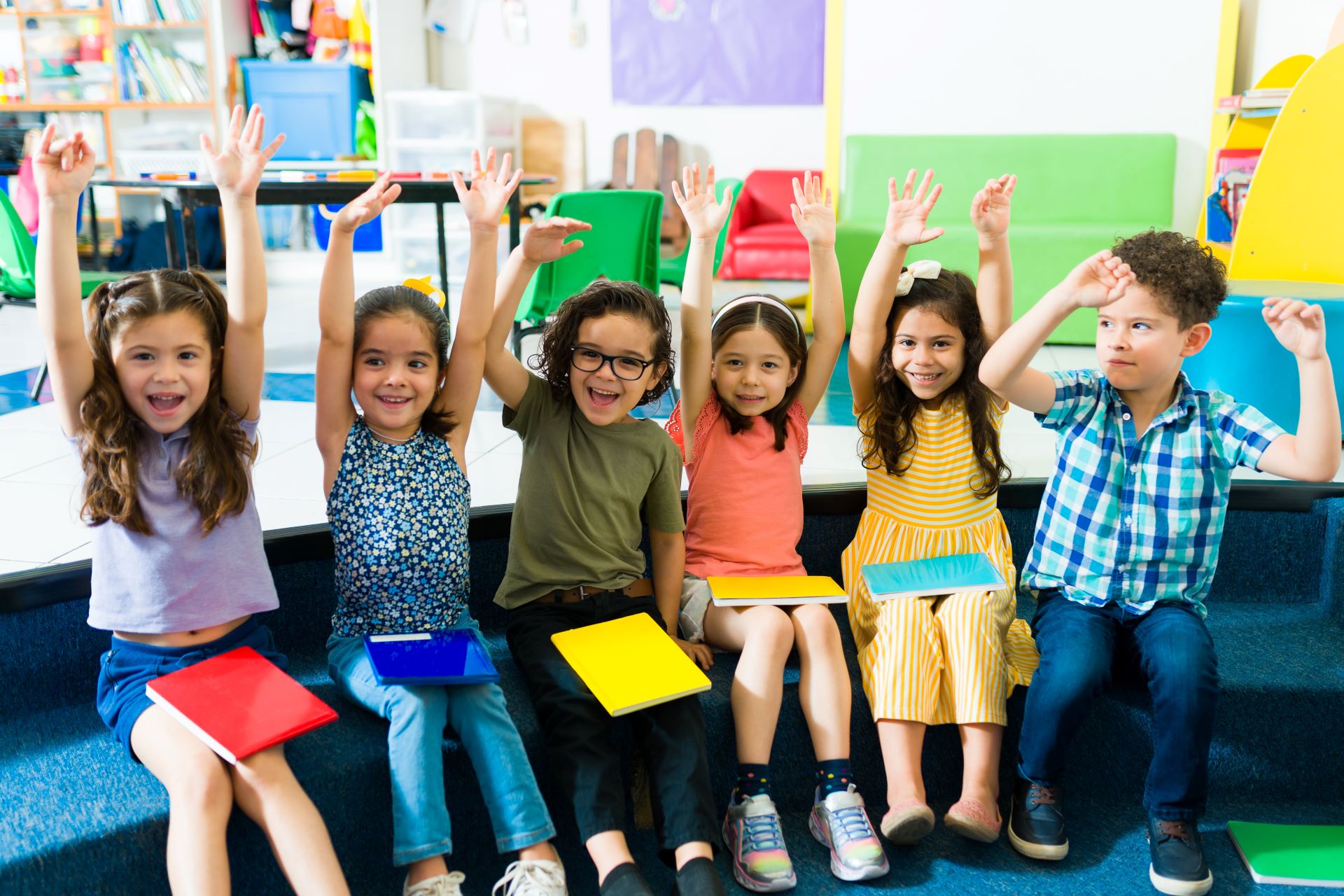Any time you approach a learning or planning process, it is important to find ways to get all stakeholders engaged. Participants are most present when they are stimulated by rewarding experiences and memories, so engaging in discussions that elicit such reactions is important. Creative engagement is a uniquely tailored way to get the results you want.
If you are not familiar with creative engagement, you may wonder what makes this such an effective teaching and planning process. The answer is interesting and may surprise you.
What Is Creative Engagement?
Creative engagement is a simple concept with far-reaching ramifications. It is an arts in education concept based in fostering dialogue and learning through creative activities meant to stimulate the participants’ thinking and problem-solving skills. It gives participants an opportunity to explore new concepts in fun and meaningful ways through artistic engagement in the subject matter. Here’s how it works.
Learners can often feel insecure, skeptical, uncertain, or even apathetic, when presented with new information, trying to acquire new skills, or gaining knowledge of new subjects or topics. It can be difficult to begin a meaningful discussion or lesson from this place. To mitigate those feelings, creative engagement activities establish an environment of trust and the promise of making the time worth your while.
Creative engagement utilizes arts-based activities to transform any type of informal educational or information gathering session into an interactive creative thinking experience. Instead of sitting through lectures, participants take part in games or exercises that stimulate thought, engage in creative collaboration with interactive web content, or enjoy performances that deliver the content in a fun and accessible way.
By utilizing arts-based or story-based instruction, students can more easily grasp complex and abstract subject matter and tie it back to their own experiences. Rather than struggling through a presentation that leaves the learner wondering how this applies to them, creative engagement actively shows the learner how it does apply to them. It can provide universal access to subject matter by recognizing and utilizing strengths and connections that the learner already has.
Transforming the learning of new or complex subjects and skills into immersive or hand-on creative experiences changes the depth of the learning process. By creating memorable and meaningful connections to unfamiliar material, creative engagement strategies help strip away feelings of insecurity, irrelevance or apathy in the learner. This uncovers a stronger depth of learning that sticks with participants long after the lesson or discussion is over. It also allows for stronger empathetic connections to different perspectives.
Creative engagement is an especially useful strategy for reaching participants on all parts of the spectrum. No matter what type of learning style works best for each particular participant, creative engagement allows for more space to reach everyone.
There are a number of ways we can introduce creative engagement activities into our learning and planning processes, and each has its own set of benefits.
Creative Engagement Activities
Creative community engagement activities can vary in scale from simple activities to full-blown productions. Let’s look at a few effective ideas for community engagement.
Interactive Group Activities
Working together has a way of enhancing any lesson. The social aspect makes it more fun, and participating as a group gives it a more memorable dynamic. Organizing your creative engagement program around a group activity can make it more memorable and effective. Here are a few examples of successful interactive group activities to assist in modeling your own program.
Group Recycling Challenge
Recycling is an important sustainability habit that has been around for decades. Awareness about resources not being infinite, the care needed to ensure sustainable use of resources, and using resources in a way that does not harm the plant, are all important messages that have been communicated in one way or another since the 1970’s. Yet, even knowing this, a surprising number of people still do not know how to properly recycle. This challenge becomes even greater with current zero waste initiatives in some cities.
By tapping the benefits of socialization when developing a recycling education program, students are able to turn their learning experience into something fun. Once they understand the parameters of the challenge, they will understand the rules of recycling for a lifetime.
Creating a Community Garden
Learning what goes into the cultivating and growing of food can be another way to instill the concept of sustainability for young people and communities. Working on a community garden with friends is another social way to learn about all the things that go into the production of the food we eat.
Games
Playing games allows participants to engage in learning activities in a fun and entertaining way. It takes the emphasis away from the facts and puts it on the rules of the game, but funny enough the facts get learned too, just by playing the game. By turning lessons into games, learners are allowed to solve problems and puzzles themselves, giving them a greater understanding of the subject matter.
Games also allow players to work together to reinforce lessons by teaching each other, which transforms knowledge into relatable terminology. By examining information in new ways and helping others, lessons become more fully understood.
Theatre
Story-based instruction and community learning have been educational mainstays for a long time. Experiencing lessons through the use of storytelling is an age-old technique that helps learners connect the dots of lessons into real life. These dots are also connected to an emotional experience to the subject matter, which makes it stick with the learner longer.
Teaching through theatre uses these age-old storytelling techniques to help all learners connect the dots. All humans, young and old alike, can connect to the stories, visuals, and the emotions that are experienced while watching a performance. These connections help the message stick in meaningful ways.
Why Is Creative Engagement Important?
In a rapidly evolving world, it’s important that all citizens are given the opportunity to learn and contribute. This isn’t easy for everyone. For instance, many senior citizens grew up in a relatively different world, and need help keeping up with new technology and practices. Similarly, youth are exposed to things older generations never would have dreamed of. Bridging that gap is necessary to prepare our future workforce for life in a rapidly changing world. Creative engagement allows for everyone to be reached in meaningful and memorable ways.
Creativity engages the mind in multiple ways and enables the absorbtion of new knowledge more easily. This can be especially helpful when trying to break bad habits or eradicate engrained ideas of how things are or should be. Creative endeavors can help open the mind to alternative ways of thinking and make learning new ways of doing things possible.
Who Benefits from Creative Engagement?
Creative engagement is an effective tactic to get the most out of learning and engagement activities. It has the power to impact participants, moderators and the community at large in different ways.
Participants
Engaging in creative engagement activities amplifies community voice by allowing participants to contribute more openly and without fear. When activities have elements of fun and creativity, it can help participants get past feelings of insecurity, apathy or confusion and fully engage in the activity. It also allows the information being taught to be fully absorbed. This full absorption can more fully contribute to inspiring hope and positive change in participants.
Administrators
Administrators get just as much out of creative engagement activities as participants. When participants are actively involved and thinking outside the box, administrators get much more quality input than they may have otherwise.
The Community
When people come together to devise creative solutions to problems and plans for development, it can mean a big win for the community. Creative engagement can bring more people to the table and more diverse voices involved in devising those solutions. Building relationships through creativity can provide a wider space for enrichment and empowerment to make deeper, and more meaningful change throughout communities.
Strengthening communities through engagement can more authentically tie residents together. Communal activities generate trust and empathy. Two traits that are imperative for a community to work together and improve the lives of all residents.
Creative Engagement in Schools
Schools are excellent environments for creative engagement strategies. It is a collective and consistent place where a diverse group of learners with different needs and life experiences can be reached at the same time.
That said, designing creative engagements is not always easy for those who have never done it before. Creative engagement ideas don’t always come naturally, and not all institutions have the resources to make them a reality. In these cases, sponsoring a program may be the answer.
NTC Corporate offers an array of educational programming that utilizes creative engagement at every turn. NTC’s specialty is leveraging the importance of engagement. It drives everything we do. If you would like to learn more about sponsoring a program in your community, reach out to learn more.













